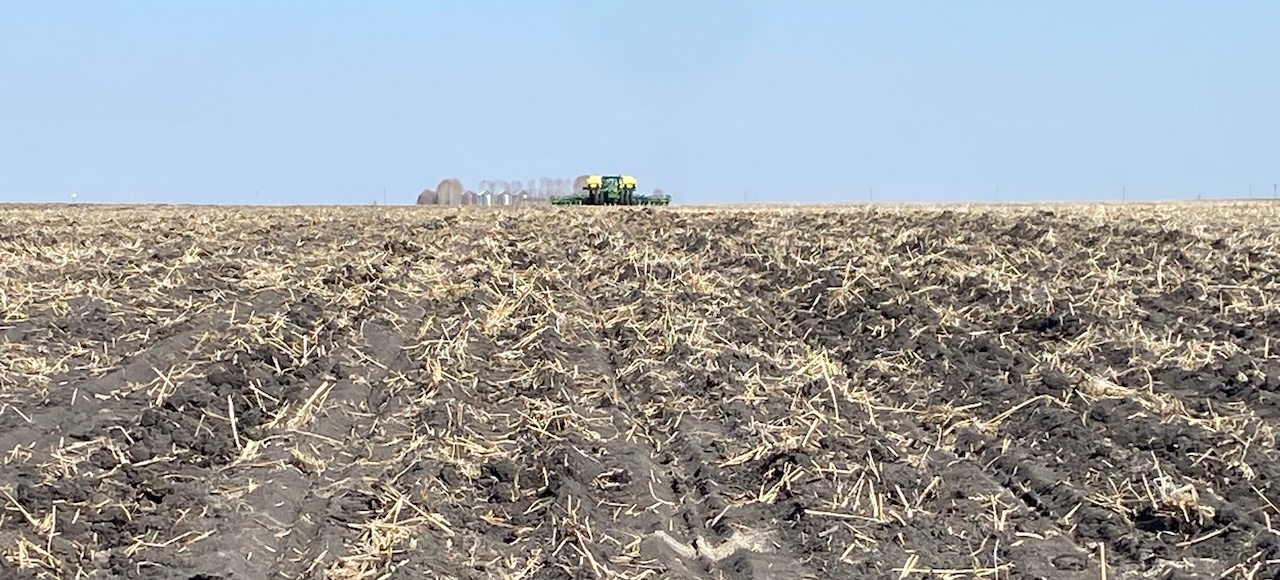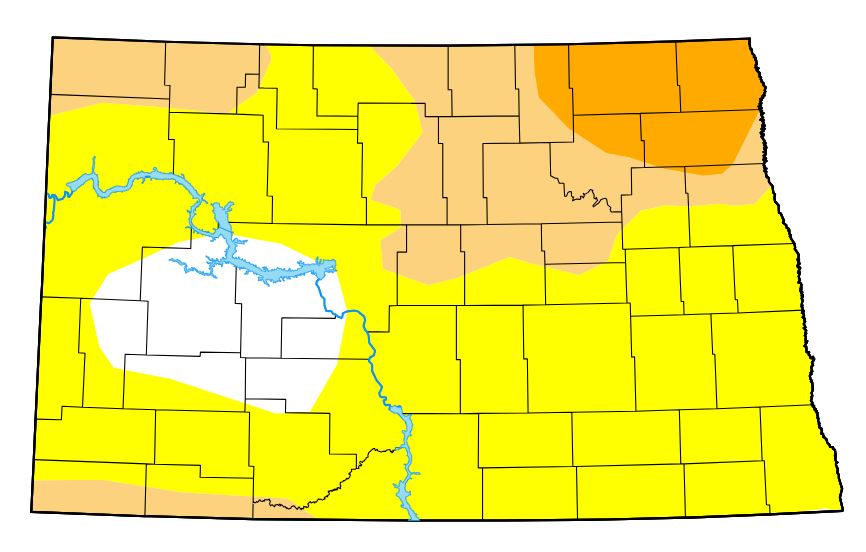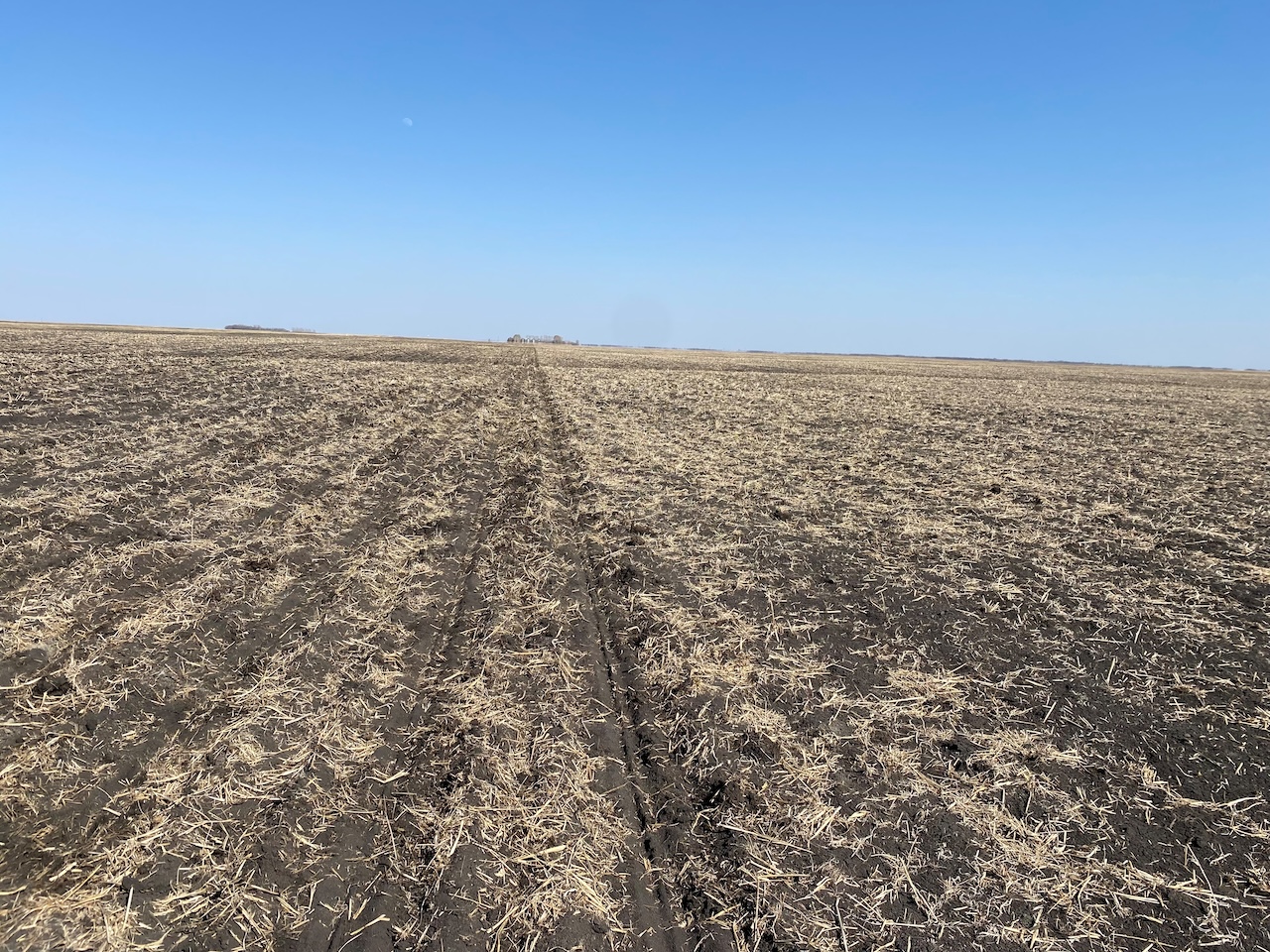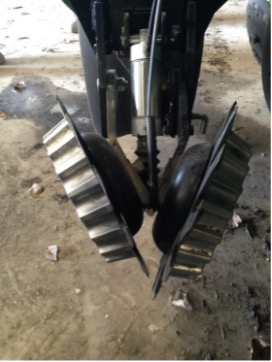Spring Seedbed Strategies to Maximize Profitability in Dry Conditions

This winter has been the warmest on record for almost all measured weather parameters. Record high temperatures and very little snowfall for much of the eastern part of North Dakota has been the norm. Southeastern ND especially the southern Red River Valley has had one of the driest fall, winter and now springs in many, many years. In fact, large areas of North Dakota and northwest Minnesota are rated as D0 (abnormally dry) with the rest of the state considered D1 (moderate drought) and some areas even D2 (severe drought) drought status by the U.S. Drought Monitor as of March 5.

Why Moisture Matters: Reduced Emergence and Disease Risk
Due to the dry ground, managing spring seedbeds for maximum seed emergence will be a real challenge this year. This is especially true for shallow seeded crops like sugarbeet. Without a management plan, you can expect to see issues like:
- Reduced Germination Rates: Studies show seed germination rates can plummet by as much as 30% under dry conditions.
- Uneven Stands: Dry seedbeds can lead to uneven emergence, where some seeds germinate quickly if they find moisture pockets, while others wait for rain and emerge much later. This creates uneven plant development and potentially reduces yield.
- Increased Risk of Seed Diseases: Fungal diseases like Fusarium can thrive in cool, moist soil conditions that seeds in dry seedbeds might wait for. This can further reduce germination and early plant health.
Stale Seedbed Planting: A Potential for Success this Spring

Windy conditions and very warm conditions this spring will dry out seedbeds quickly after tillage. Here's how to adjust your strategy:
Minimize tillage: When using conventional tillage tools, plant as close as possible behind the implement to retain moisture. Seedbeds will dry out to nearly the depth of tillage unless the soil is packed properly.
However, you may want to consider...
Stale seedbed planting: This method skips spring tillage, relying on planter attachments like residue managers to clear a narrow band for seed placement in moist soil. This is most suitable for fields with:

- Fall-applied fertilizer with tillage (two or more passes)
- Corn residue (for soybean rotation)
Benefits of Stale Seedbed Planting
- Saves a tillage pass (reduces costs and time)
- Improves seed emergence
- Maintains crop residue for erosion control
- Reduces risk of sugarbeet stand loss from high winds
Many farmers, including sugarbeet growers, have successfully used stale seedbed planting for years.
Stale Seedbed Drawbacks
Keep in mind, when you adopt stale seedbed planting, you need to be mindful of:
- Weed Pressure: Leaving the inter-row area untilled can increase weed problems. Consider using herbicides like pre-emergent Paraguat (before beets emerge) or Roundup (as needed) to manage them.
- Planting Moisture: Avoid planting in overly wet seedbeds. Especially on heavy clay soils, the furrow may reseal as the soil dries, reducing emergence and plant populations.
How FarmQA can help
It goes without saying that no matter how well you design your crop approach and advise your growers in the off season, Mother Nature can turn the best laid plan on its head. But, with FarmQA’s crop planning feature, you can make adjustments when conditions prove less than optimal come planting time.

Looking for ways to improve your crop planning efficiency and enhance grower service?
We’d like to help. Contact us to learn more about FarmQA.




